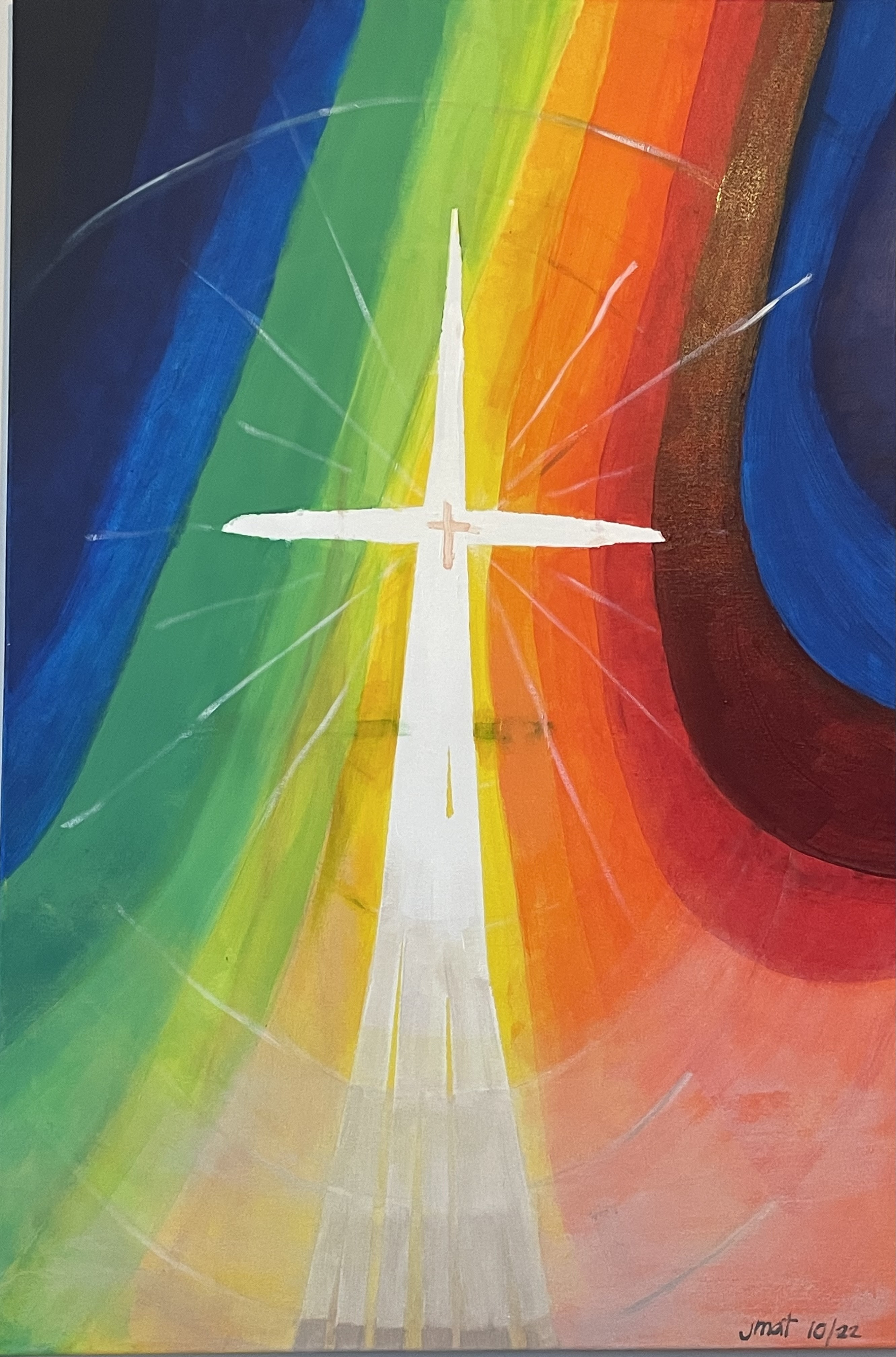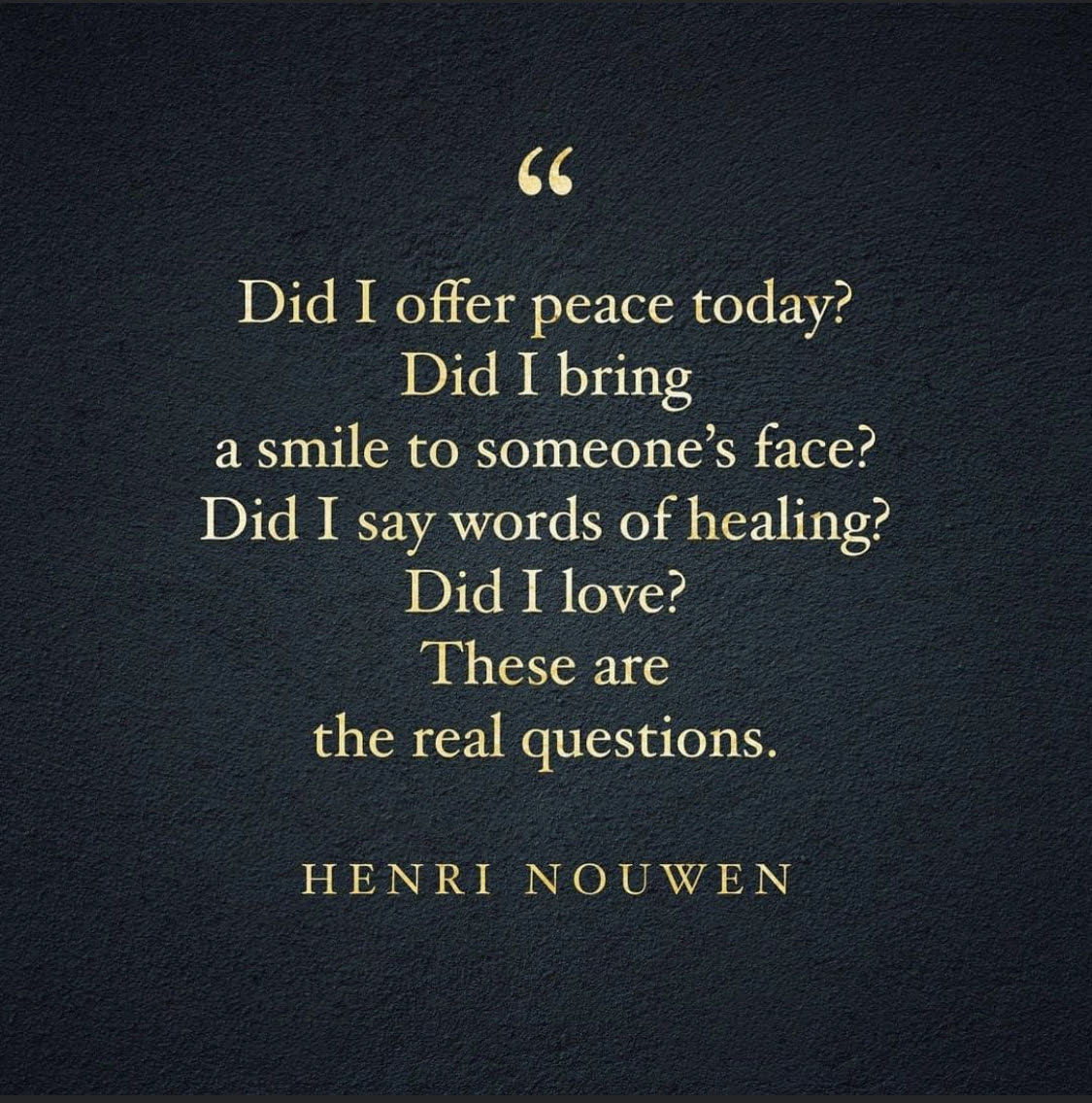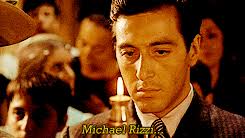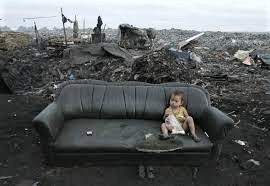Second Sunday of Easter
“… he breathed on them and said to them, ‘Receive the Holy Spirit. Whose sins you forgive are forgiven them, and whose sins you retain are retained.’” Jn. 20:22
FORGIVENESS
If there is a single word that permeates every scene depicting the risen Jesus, this is the one. Forgiveness.
From his very first post-Resurrection spoken words of “Peace be with you,” Jesus speaks only of reconciliation and mercy.
Remember to whom he’s speaking: people who abandoned him, people who betrayed him, people who denied him, people who said,
“I do not know the man.”
And yet again and again in Jesus’ appearances to these same people after he had risen, he never once reprimands them or shames them or seeks revenge of any kind.
Instead, everything is about forgiveness.
Today’s gospel is a perfect example. Forgiveness is so much a part of who the risen Jesus is that he speaks of it in terms of the air we breathe.
He breathes the Holy Spirit upon them with a breath that calms their hearts with the conviction that all is well.
They have been forgiven.
And then Jesus adds another twist – these same people who abandoned, betrayed and denied him are not only forgiven but are made the very messengers of his forgiveness and mercy and peace to others!
“As the father has sent me, so I send you.”
Jesus informs them – and us – that we have been given the same power that he has through the Spirit: the power to forgive and to heal and to transform one another.
“Whose sins you forgive are forgiven them ….”
As the gospels tell it, Jesus came to this power through the horrors of a crucifixion. Notice how he reminds his disciples of that when “he showed them his hands and his side.”
This is how he came to the place he is now – through horrible suffering, through visible wounds.
That’s why Jesus invites Thomas to place his hands into his wounds.
And that’s when Thomas comes to see that Jesus is for real, that he’s not a ghost, that he’s the same Jesus of Nazareth reborn, revitalized, and resurrected.
It’s the wounds that did it for Thomas.
And it’s our own wounds that can do it for us.
The hurts and betrayals, the abandonments and heartaches that we have suffered can transform us and make us into messengers of peace and forgiveness and mercy.
We have the power to forgive, and liberate one another as well, Jesus tells us. And it’s our own suffering, our own heartaches, tragedies and wounds – physical or emotional – that can enable us to free one another.
Wounds can be transformed into grace.
Or not.
Because the other side of the coin is “whose sins you retain are retained.”
We also have the power to refuse. It’s our choice.
But, if you’ve ever had the experience of revealing your own hurts to another and had those hurts accepted with tenderness; if you’ve ever had the experience of disclosing private pain and had it met with genuine care; if you’ve ever had the experience of being humbled by the knowledge of your own self-righteousness or your own pettiness and then discovered forgiveness, you know what a grace it is, and how transforming it can be.
That’s what stunned Thomas.
He was the doubter, the denier, the cynic. He was among those who had fled the scene. He was the one who wasn’t around when Jesus first revealed himself.
And yet he is met with no reprimand, but only with the naked truth of what real love and acceptance is all about. And he is astonished – astonished to the point of falling to his knees and saying:
“My Lord and my God.”
That’s what forgiveness does. It changes us. It transforms us.
And here is where today’s second reading comes into play.
How do we do this kind of forgiving? How do we overcome all the anger and hate and meanness lying in our hearts?
We do it through community.
We do it by leaving our isolation behind and joining with others who can help carry the burdens in our heart. We do it by sharing in the “teaching of the apostles,” and the “breaking of bread,” and the “prayers,” as the second reading tells us.
In other words, we do it by doing what Thomas did in today’s gospel. He came out of his isolation; he joined with the community of believers; he expressed the depth of his hurt and his lack of faith.
And through all that he met his Lord and his God.
To this very day, that’s what Eucharist is about.
It’s about bringing us all together, and together acknowledging our lack of faith, together admitting the existence of our wounds, together experiencing forgiveness for all our sins, and together meeting the Lord again through the scriptures and the sacred meal we call the Mass.
The hope is that we will leave re-vitalized and re-born in the Spirit.
And the way we’ll know that happens is by being able once again to breathe the air of the Spirit … the air of forgiveness and peace in everything that we do.
We’ll know that happens when we become a people whose personal crucifixions become resurrections.
Ultimately, we’ll know that happens when you and I are able to fall to our knees and say with Thomas:
“My Lord and my God.”
Ted Wolgamot, Psy.D.
Note: The Gospel of John was written sometime around the end of the first century, approximately 80 years after the death and resurrection of Jesus. Consequently, the author of this Gospel wants to make it clear that, even though, the earliest Christians may have actually seen Jesus in the flesh, later generations did not have that amazing privilege.
Most likely, some would have certainly doubted.
“Unless I see the mark of nails in his hands ….”
In his Gospel written a generation or two later, John wants to demonstrate through the story of the “doubting Thomas” that the faith of those who believe without seeing matches that of those privileged to have seen and heard Jesus in the flesh. Those people came to faith despite the physical absence of Jesus. Those people like you and me.
HAPPY EASTER!!!





